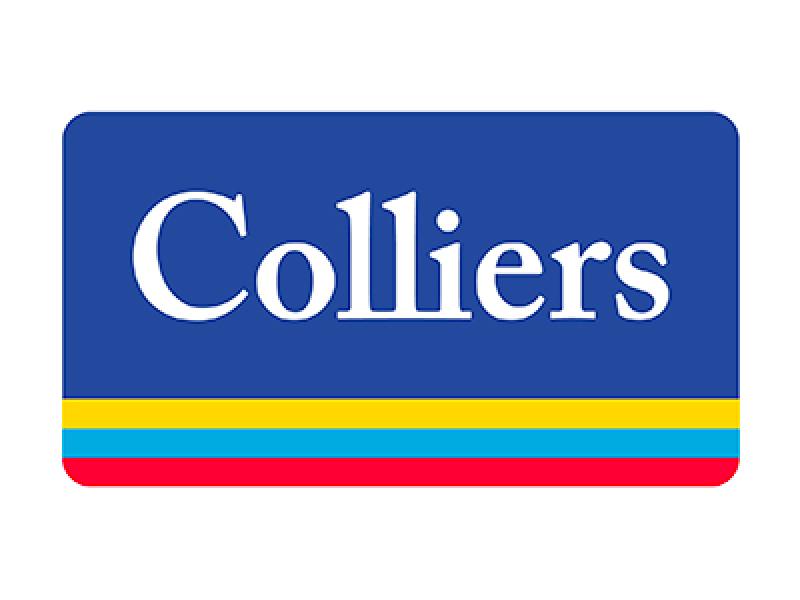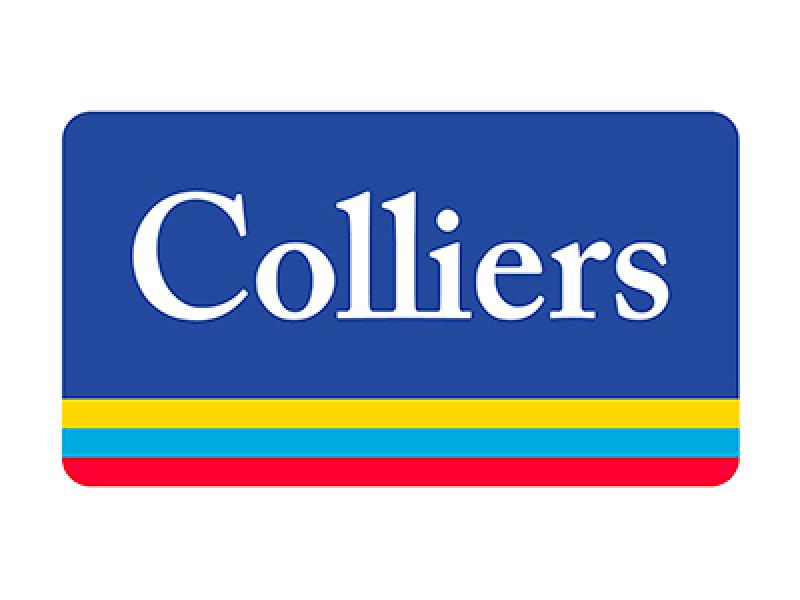
What does the current office landscape look like in Edmonton?
Edmonton’s office market has remained relatively stagnant at 20.3% vacancy. Although absorption has been slightly positive, this soft market has yet to see the impact of leases executed pre-pandemic that will come due. There could be further negative impacts on the office market as businesses consider their future in-office, hybrid, and remote work arrangements.
Organizations who value in-office working styles are looking at ways to draw staff back to the office. In both the downtown core and suburban markets, tenants remain financially driven on their office leasing decisions, but are aware that providing higher quality space supports employee retention and the move back to the office.
What are landlords doing to combat the softer office market in Edmonton?
Landlords are using a variety of tactics to attract and secure office tenants. With financial considerations top of mind, landlords are offering strong incentives such as high tenant inducements/free rent and early occupancy to justify a higher rental rate. These incentives can come in the form of a turnkey space that includes furnishings.
Some notable buildings in the office skyline have lost major tenancies, and these landlords are generating interest by offering prominent signage and naming rights. This ability to reposition and rebrand an office tower can be a significant draw to a tenant looking to affirm a strong and stable brand in the market.
Landlords are also focusing on heavy capital investments in new lobbies, common areas, and amenities. Fitness centres, conference centres, tenant lounges, bike storage, and food amenities enhance the workplace experience for their tenants’ employees. Downtown retail space has become a critical offering, with some landlords willing to secure a loss-leader retail tenant to provide a value-add amenity to their office tenants.
A re-invigorated building lobby provides opportunities for tenants to interact outside the office setting. Buildings like Canadian Western Bank Place, 103rd Street Centre, and Energy Square have set a new standard of creating a casual common space, a social staircase, or a new café on the ground floor to set a tone of collaboration and connection that attracts businesses.
How do landlord investments impact leasing and absorption?
Not all buildings that see re-investment perform equally. There are winners and losers, especially in a market where office space can be viewed as a commodity. By investigating the numbers, we’ve found that absorption and leasing rates varied across recently renovated assets. However, we identified three main trends that typically help to increase leasing momentum.
First, keeping up with baseline ensures that your building maintains an offering that is, at a minimum, on par with the Top 30% of buildings that are competitive with your asset.
Second, consider the first mover advantage. Be a market leader by showing innovation and providing new value and concepts to tenants to help drive success. The first buildings in Edmonton to build above-grade fitness centres, full-service bike stations, and a tenant lounge all saw periods of increased leasing success.
Third, focus on your existing tenants. Engaging with your current tenants to ensure you can address any concerns with the building proactively will reduce barriers when tenants consider renewal. Being proactive and responsive does not guarantee you will keep the tenant, but continuing a solid relationship with an engaged management and operations team in a well occupied building is more attractive than seeking out a new lease in a substantially vacant building.
Trends indicate that a focus on these three areas can help set landlords up for success in a soft office market.
Are upgrades only necessary for lower class buildings?
All owners and landlords of office buildings, regardless of the building class, should be consistently examining and discussing how to boost the tenant experience. The size, tenant mix, and location of a building are a few factors that will determine the level to which re-investment is needed, not just the class.
At a minimum, a modern lobby and well-maintained common areas such as hallways, elevators, and restrooms will only benefit leasing efforts.
Not all upgrades need to involve significant capital investment. Enhancing the service level of property management and building operations to each tenant can help highlight key focus areas. Landlords can form relationships and solicit feedback from tenants on a regular basis with any building class.
Is the possibility of office conversions to residential a threat or opportunity to the office landscape in Edmonton?
Any potential office conversion that removes dated or obsolete inventory from the market is a win for the overall office market. These projects can help alleviate the soft market removing available square footage of undesirable office space where vacancy is highest.
Office conversions are beneficial to other office landlords, as it brings a new talent pool closer to their properties. It also helps to reinvigorate the surrounding area, attract retail tenants, and create a walkable, vibrant downtown where people can live, work, and play.
Although office conversions are an interesting option, they are often cost prohibitive and logistically challenging. As of November 2023, Edmonton does not have any incentive or subsidy programs for office conversions. Depending on the success of Calgary’s downtown development incentive program, which grants developers $75.00 per square foot to convert vacant office space to residential, Edmonton City Council may explore a similar approach.
How does your experience in commercial real estate benefit your clients, and why should clients choose Colliers?
Our team has overseen the success of several downtown and suburban assets that have been repositioned and relet in the Edmonton market. Our experience guides our ability to work collaboratively with the building owner as a partner to paint the bigger picture. We help ownership understand where best to focus their efforts and investments to enhance the value of their asset. Our leasing approach involves a long-term lens to ensure that completed leases either enhance the building or complement the existing tenant mix for years to come. We understand what tenants are thinking, and with our suite of Colliers services, research, data, and marketing, can build a strategy that sets owners up for long-term success.











